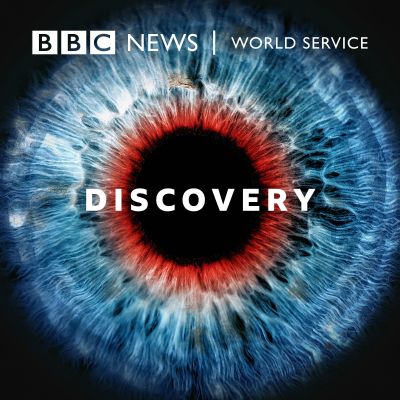Nanoparticles
Nanoparticles are all around us. Some are man-made, others occur naturally. Because they're so tiny - one nanometre is one billionth of a metre - nanoparticles can only be seen through an electron microscope. Nanoparticles have unique physical properties, and scientists are looking for ways to exploit these characteristics. Nanoparticles are currently used in medicine, in food, in clothes and cosmetics. In the future, nanoparticles could also be used to help improve energy generation and storage. They might also help us to remove contaminants from polluted water. In the second of two programmes about nanotechnology, Richard Hollingham concentrates on the environmental uses for nanotechnology, especially water and energy generation. Richard talks to Professor Eugene Cloete from Stellenbosch University in South Africa. Professor Cloete has developed a water filter that looks like a teabag and which uses nanofibres to filter out contaminants, including cholera bacteria. He visits the University of Brighton where a team led by Professor Andrew Cundy is developing ways of purifying large amounts of water at source, from reservoirs, lakes or rivers. Richard also meets researchers at the University of Cambridge who are developing thin films of nanocrystals that capture sunlight and turn it into electrical energy. As nanoparticles become more widely used, there’s growing concern about their safety. Richard talks to Professor Ian Colbeck from Essex University about the potential dangers of nanoparticles escaping into the environment. He also talks to Richard Denison from the Environmental Defence Fund in Washington who’s concerned about the lack of controls over the commercial exploitation of nanoparticles.
